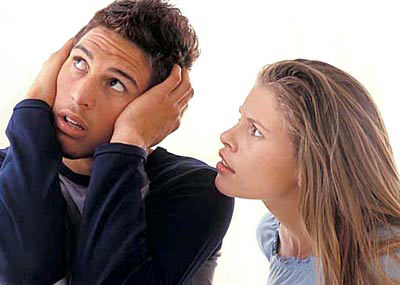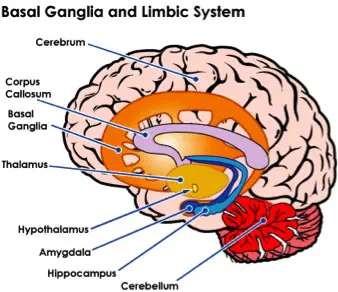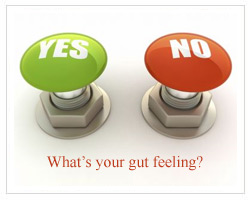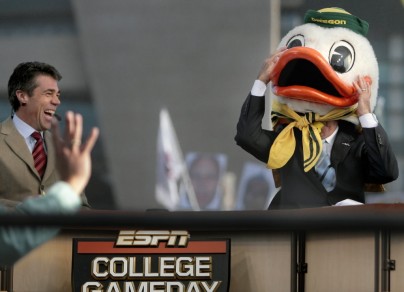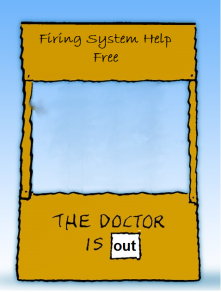The doctor is in.
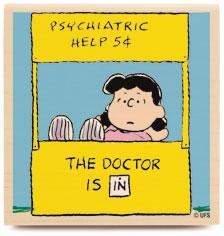 My purpose in writing for FishDuck.com is to improve understanding of the psychological and physical stresses placed upon athletes and to explain, in layman’s terms, all the factors involved in various sports injuries. This may cover some obligatory background information as needed, but is presented to help educate fans on specific injuries related to athletes.
My purpose in writing for FishDuck.com is to improve understanding of the psychological and physical stresses placed upon athletes and to explain, in layman’s terms, all the factors involved in various sports injuries. This may cover some obligatory background information as needed, but is presented to help educate fans on specific injuries related to athletes.
Last time we looked at basics of how the brain functions and how to better understand injuries to the body. http://fishduck.com/2012/08/a-closer-look-at-sports-medicine-clearing-up-the-misconceptions-and-basic-concepts/
In this article, we will be looking at how the brain and nervous systems work to control behavior (motor activity). Senses, feelings, and thoughts are not behavior – we have them to help us control our behavior.
 The first part of the brain (anatomical) includes the brainstem, subcortex, and cortex, and covering of the brain (pia, dura, and subarachnoid mater = Latin for “matter,” though understanding latin won’t matter).
The first part of the brain (anatomical) includes the brainstem, subcortex, and cortex, and covering of the brain (pia, dura, and subarachnoid mater = Latin for “matter,” though understanding latin won’t matter).
The brain is part of the central nervous system, including the spinal cord and the eight cervical nerves (C1-C8) that branch off of the spinal cord and control different types of bodily and sensory activities. Other nerves also branch off the spinal cord at lower levels for motor control and sensory feedback.
The Central Nervous System (CNS) – Introduction
We have a brain for one reason, to produce movements. However, how it accomplishes this is rather more complex.
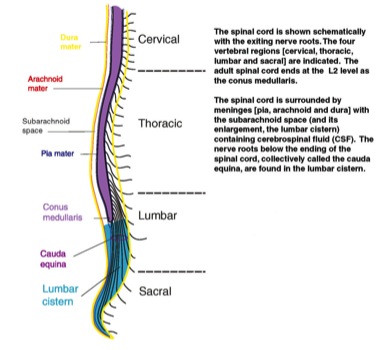 We tend to think of motor activity as something automatic, at least some of the time, without having to think through the actions. You just read that last sentence, while doing so did you have to tell yourself aloud, “ok brain, now tell my eyes to move left to right while I process the written text you will be observing.” Of course not, you might end up in a straightjacket by doing that, it’s automatic learned behavior. Other times though we do have to think through our actions carefully, our behavior.
We tend to think of motor activity as something automatic, at least some of the time, without having to think through the actions. You just read that last sentence, while doing so did you have to tell yourself aloud, “ok brain, now tell my eyes to move left to right while I process the written text you will be observing.” Of course not, you might end up in a straightjacket by doing that, it’s automatic learned behavior. Other times though we do have to think through our actions carefully, our behavior.
To understand how the nervous system (including the brain) functions in producing and controlling behavior, the better we can understand how this relates to sports injuries and rehabilitation.
Most people see reason and emotion as polar opposites. Think of all the jokes that present women as emotional beings devoid of logic, or of men as reasoning creatures who are not able to include emotions into their existence. Consider what mechanical functions would be needed to operate such machinery?
While this division is philosophically interesting in studying both, the view that the brain and behavior that they utilize are completely separate is utterly and wholly untrue. In the rigors of almost all daily life and activities, they are identical.
 The superior colliculus in the mid-brain is involved in preliminary visual processing and control of eye movements.
The superior colliculus in the mid-brain is involved in preliminary visual processing and control of eye movements.
The inferior colliculus is involved in auditory processing.
Or to put it another way, the superior stuff helps us see, the inferior stuff helps us talk and listen. Most men would agree with this, that talking and listening are indeed inferior.
Both colliculi also have descending projections to the spinal cord, and can be involved in responses to stimuli faster than normal processing would allow.
Anatomical subdivisions of the prefrontal cortex (orbital, medial, and dorsolateral) and motor cortex, sub-serve functions that are hallmarks of human behavior, such as intentionality, self-regulation, consciousness, and self-awareness are all thought to be under the control of the frontal lobe (it occupies the area behind the forehead).
The prefrontal cortex adds “higher” abstract qualities to motor action/behavior (judgment, foresight, mood, planning, all executive functions, etc.) It is also known to be important in the establishment and conditioning of emotional reactions, and the processing center for what are known as ‘executive functions’–meaning they get grossly overpaid and collect millions in endorphins when discovered to have been embezzling from the cerebellum for years.
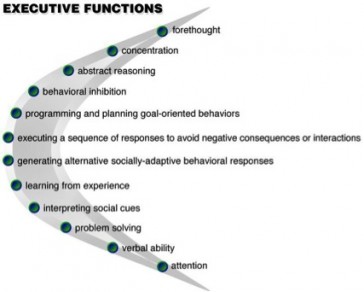 The amygdala has reciprocal connections with the orbital prefrontal cortex, controlling emotional response. Connections with the central nucleus provides the basis of direct control of the brainstem.
The amygdala has reciprocal connections with the orbital prefrontal cortex, controlling emotional response. Connections with the central nucleus provides the basis of direct control of the brainstem.
This is important, because anything that is perceived as a threat increases neural firing and activity within the central nucleus of the amygdala. A tackle in football for example can be perceived by the body as a ‘threat’ to its safety. Practice and experience can ameliorate the extent of this effect, but not fully get rid of that reaction.
The Basal Ganglia – Cognition, Emotion, and Motor Activity
Basal ganglia‘s purpose lies in action selection and reinforcement learning. This is exceedingly important in sports, like selection of which hole to run through in a split-second decision at the line–decision and reward for the correct decision. It is non-conscious reaction, meaning the action is automatic, you don’t need to think about the behavior, make the decision and go.
So this year when Kenjon Barner makes a great cut at the line breaking into the open field for a long touchdown, you can chant, “Now THAT’S using your Basal Ganglia, Kenjon!”
De’Anthony Thomas really knows how to use the ol’ Basal Ganglia to get er’ done.
If our emotions are a duet played between ourselves and the environment, then our ability to regulate them keeps us functioning normally. Although the failure to successfully regulate emotions is thought to contribute to several psychiatric disorders, we do not fully understand how the brain regions involved interact with one another to orchestrate an emotional response.
The Frontal-Affective-Arousal Loop
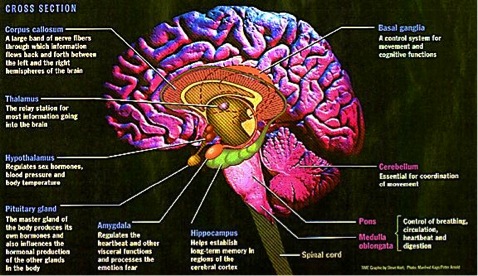
Limbic System and Other Subcortical Structures - Leaves out the Nucleus Accumbens (they would be approximately in front the hypothalamus in this drawing. The Limbic system is not to be confused with either Limbeck (an awesome band) or the Degobah System, where Yoda lives.
The limbic system, regulating emotion, is the set of brain structures that forms the inner border of the cortex, and includes many structures in the cerebral pre-cortex and sub-cortex of the brain.
The limbic system includes plenty more latin verbiage that you probably can’t pronounce, but is important nonetheless, such as:
-
Hippocampus: Required for the formation of long-term memories and implicated in maintenance of cognitive maps for navigation.
Amygdala: Involved in signaling motivation for actions such as fear, reward, and social functions.
Mammillary body: important for the formation of memory.
Limbic lobe Parahippocampal gyrus: Plays a role in the formation of spatial memory.
Cingulate gyrus: autonomic functions regulating heart rate, blood pressure and cognitive and attentional processing.
Dentate gyrus: thought to contribute to new memories (part of hippocampus).
Not only emotion, but also mood, influences our behavior. Mood is the blackboard on which we write our emotions, memories, motor responses, and the like. If in a bad mood, the system will not work properly–hence getting players ‘up’ for the game. However, being too ‘high’ will also result in a system that does not perform properly. It’s all a balance, mood and emotion having a direct impact on how well the brain functions for an athlete, and its function controlling motor skills therefore directly correlating to their ability to perform.
But it isn’t just the brain involved in reaction, or so we think, as the terms “gut reaction” or “feeling in my gut” are used often, the sense that some distinct instinct tells us how to act that isn’t necessarily in our brains. Following our hearts, rather than our minds, letting emotional instinct control actions rather than logic. This is referred to as the Viscera, the ‘gut’ in emotional reaction.
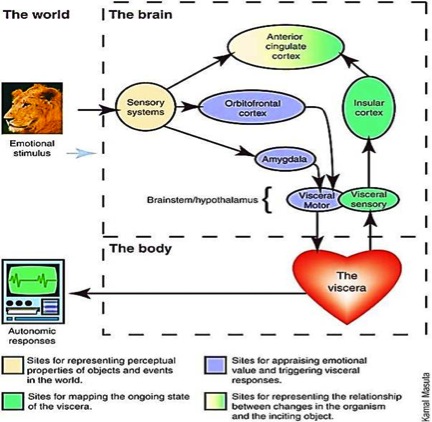
The visceral response emotionally includes endocrine (hormones) and somatomotor (sensory information from the motor system) responses as well. Visceral sensations reach the anterior insular cortex by passing through the brainstem. Feelings result from the re-representation of changes in the viscera in relation to the object or event that initiated them.
Your amygdala is essential to your ability to feel certain emotions and perceive them in other people. This includes fear and the many changes that it causes in the body. If you are being followed at night by a suspicious individual and your heart is pounding, chances are that your amygdala are very active!
They too are very active in something like a fall or tackle. Also, the amygdala ‘knows’ of an injury before the player is consciously aware of it. This means that a number of subcortical (nonconscious) processes are already underway well before conscious awareness is available. This time difference can be from milliseconds to seconds, a long time for processes to begin and proceed. The amygdala ‘gut feeling’ may say that there is something hurt, but the brain may not believe it until visually seeing that something is out of place.
Ever stubbed a toe on a desk or table, and knew something was hurting, but had to look at it to assess whether or not it was actually broken, before realizing that it simply hurt like hell?
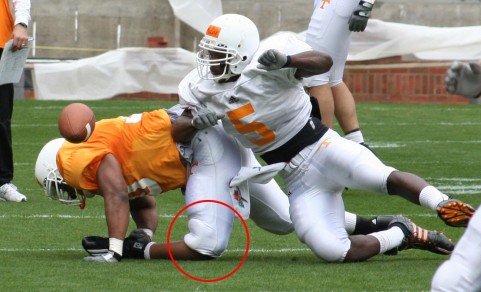
It probably didn't take long for the Amygdala to convince the rest of the brain that this REALLY hurt...
The Cingulate Gyrus
This part of the brain’s primary function is in facilitating cognitive adaptability in humans, being flexible in learning and processing new situations. For example, people tend to behave differently when demonstrating their professionalism at job interviews than they do as spectators at a football game.
Adaptability, as influenced by this part of the brain, is an invaluable tool for successfully navigating an unpredictable social world. A properly functioning cingulate gyrus helps people to recognize their alternatives, such as selecting a menu item from a wide range of choices or determining the pros and cons of taking on a new job. This promotes life-long learning and helps a person to grow throughout life.
Improper functioning in the cingulate gyrus can cause a number of disorders related to cognitive inflexibility. Worrying, argumentativeness, road rage, and cheering for the Huskies are among problems linked to this area of the brain. Instead of learning from an embarrassing, frustrating or hurtful life experience, those who have problems in this part of the brain are likely to dwell on the negative feelings. Abnormal functioning in the cingulate gyrus and its related structures might be brought on by stress (think of LeGarrette Blount), or brain trauma.
The Motor System
Are you following thus far, or are all these Latin terms all just Greek to you? Perhaps some explanation and pulling things together seems like a good idea at this time. How do these structures work together to contribute to making and regulating motor activity?
Motor activity is all about energizing the muscles to work in purposeful ways. This is an important concept because regulating the amount of energy (neurotransmitters, hormones, glucose, and oxygen) will determine how well the muscles do their job. To do a particular job, like running or tackling, there must be just the right amount of energy going to each cell in the muscles. It is the cells that metabolic processes turn resources into energy.
Problems occur due to changes in how much energy is reaching those cells (glucose). The whole emotion-producing and regulating system is designed to make instantaneous changes in these balances to fit current environmental conditions (such as pain from a tackle, pain from hitting the ground, and pain from any injury that may occur).
This will produce stress and trigger fear and survival processes that will greatly interfere with the motor system’s energy levels, thus increasing or decreasing those levels and muscle cells activity. Those changes will help determine how the body responds to falling, so that extra stress will impede it from falling properly. This will place extra stress on muscles, ligaments, tendons, and bones. This is how many injuries in sports occur. If there are genetic weaknesses in those structures, then there will be a greater likelihood of injuries or even more severe ones then one would expect from the circumstances.
The Peripheral Nervous System
I hope you are beginning to see that all the systems of the body, including the nervous system, work together in parallel fashion – all at the same time and depending on the state of the environment.
Understanding this is imperative to appreciating what is going on in us normally and abnormally. This holistic view of functioning is extremely important in understanding how everything presented here relates to sports and sports medicine.
The peripheral nervous system (PNS) includes nerves outside of the central nervous system that connect the Central Nervous System with the rest of the body. Functions connect the brain to the rest of the body and to carry the messages back and forth between the organs.
Metabolism
I think we now have enough information to put it all together into a functional model that explains human action.
Human behavior is all about motor activity. As you can now see, getting to the behavior is quite complex and is only well understood in terms of nonlinear dynamics in information processing from the environment around us–to the periphery, to the spinal cord, to the brainstem structures, to the thalamus, to the subcortical structures, to the extended amygdala to the neocortex in an enormous number of processes at the cellular level, to the immune system, and to motor activity.
All of this represents a number of feedback loops that intersect at various points and form a number of smaller loops inside larger loops, and so on. This is all accomplished via parallel processing – all occurring at the same time, and not serially as the above list of ‘to’s might suggest. There’s a massive amount of communication taking place in our bodies from all sorts of different areas to determine our course of action, amazingly this interaction all takes place in fractions of a second.
What occurs at the cellular level, in both nervous tissue and other tissues, is all about metabolism – the processes inside all the body’s cells that turn fat and glucose into the body for energy. A video explaining how this works is available here.
Summary
Every system and structure we have explored, albeit exceptionally briefly, operates all of the time in unison, and is designed to guide our immediate behavior to whatever goals we have established for an activity. It is instantaneously changeable to fit new circumstances, and operates at all levels of conscious and nonconscious processing in the same time frame. This behavior in includes all muscle behavior including facial muscles all at the same time. The facial muscles indicate emotions, and they serve as feedback to help tell the brain what it is feeling at this particular instant.
The myth that we only use ten percent of our brain is just that…a myth. We actually use 100 percent of it. However, conscious behavior, as opposed to automatic behavior (unconscious) is used about ten percent of the time. Mostly, we do things automatically (like running, eating, brushing teeth, etc.) and only when conditions are novel or changed do we use our consciousness to decide what to do.
Now that we have a better idea of how the body works to produce appropriate behavior, we will examine in future articles how it works under stress to produce behavior that is inimical to proper functioning of the body.
We will be exploring matters concerned with different parts of the body and how they work, are injured, are rehabilitated, and when it is safe for players to return to play. We will look at these in some detail so that readers can better understand the complexity of injuries to various joints and bones in the body.
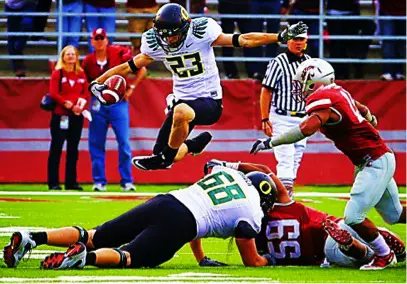 Something as simple as leaping over a defender may seem instinctual, an instant reaction to the circumstance, but it’s important to recognize that in that split-second where Jeff Maehl decides to go full-on beast mode entails a lot of communication within his system to analyze the environment, and the brain functioning to cause proper muscle reaction to achieve baller status.
Something as simple as leaping over a defender may seem instinctual, an instant reaction to the circumstance, but it’s important to recognize that in that split-second where Jeff Maehl decides to go full-on beast mode entails a lot of communication within his system to analyze the environment, and the brain functioning to cause proper muscle reaction to achieve baller status.
Perhaps now, you can try to describe what is going on in Jeff’s mind as he makes this set of behaviors? (Hint: start with memories, emotions, mood, conscious cognitive executive functions and unconscious automatic behaviors. Then, if you want, try describing what is happening in Jeff’s brain and body to produce this complex movement.) Is his body preparing to land and to keep running? Is he planning in which direction to go when he lands? *Remember there is both conscious and unconscious processing going on here in parallel.
How would any change (noise in the system or stress) change Jeff’s system, so that a tackle from an unseen angle might cause an injury?
If not, as we go along with other articles about specific body parts and systems and how they work when functional or injured, hopefully this will become clearer. As football season commences we may explore specific injuries as they occur, to provide a more educated view of not only what has happened, but how long medically it takes for an athlete to recover, rather than the typical speculation provided by broadcasters. My hope is that readers will be able to better understand their own bodies and minds in applying this information to themselves and others.
Who knows, maybe we’ll even help the broadcasters during their on-air time better convey valid information when an injury occurs.
…and with that, the doctor is out.
Related Articles:
NeuroDocDuck (Dr. Driesen) is a doctor who specializes in neurology, and sports medicine. He is an Oregon alumnus, completing his medical education and training in the UK. He has been both a practicing clinician and professor, a well-known and respected diagnostician, an author, and has appeared on national television.
NeuroDocDuck is active in his profession, and stays current on all new trends in his field. He enjoys golf and loves his Ducks!


